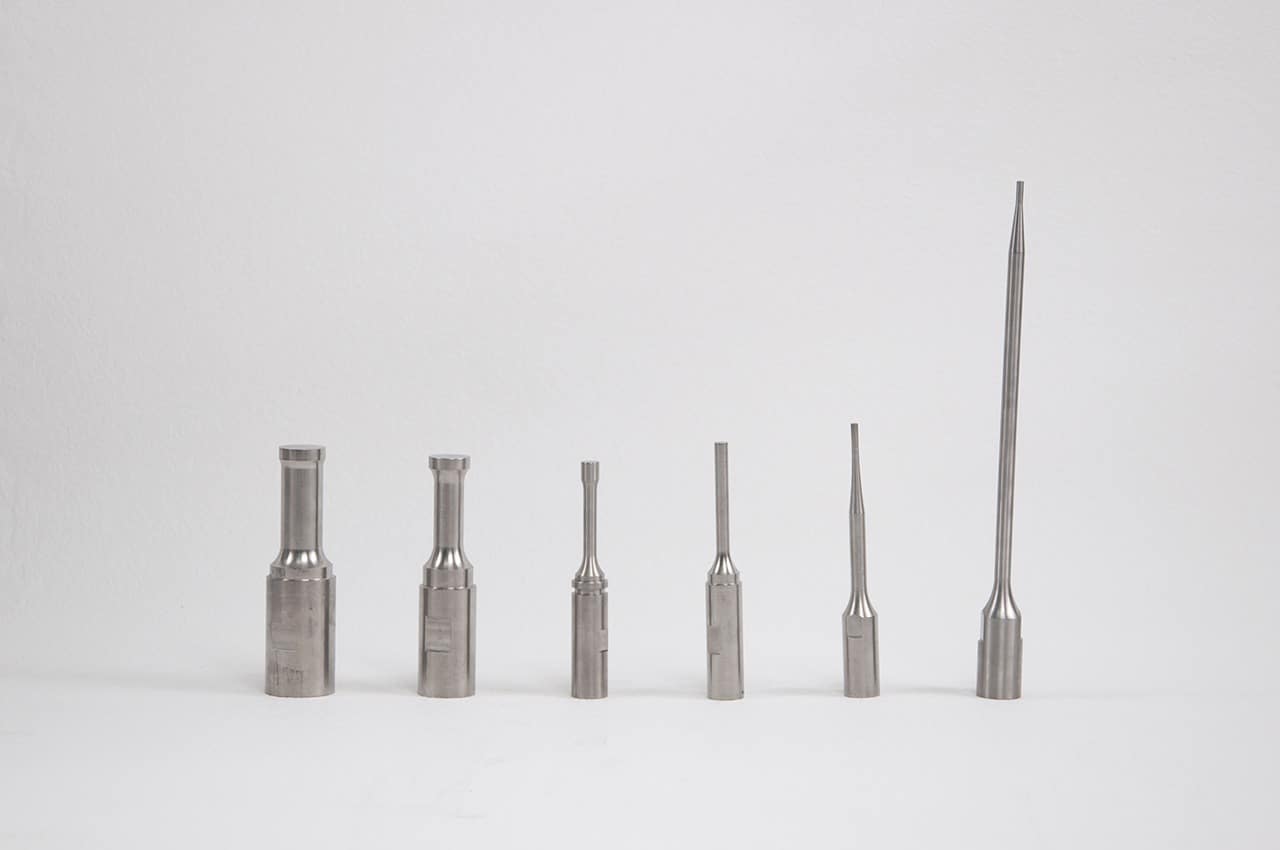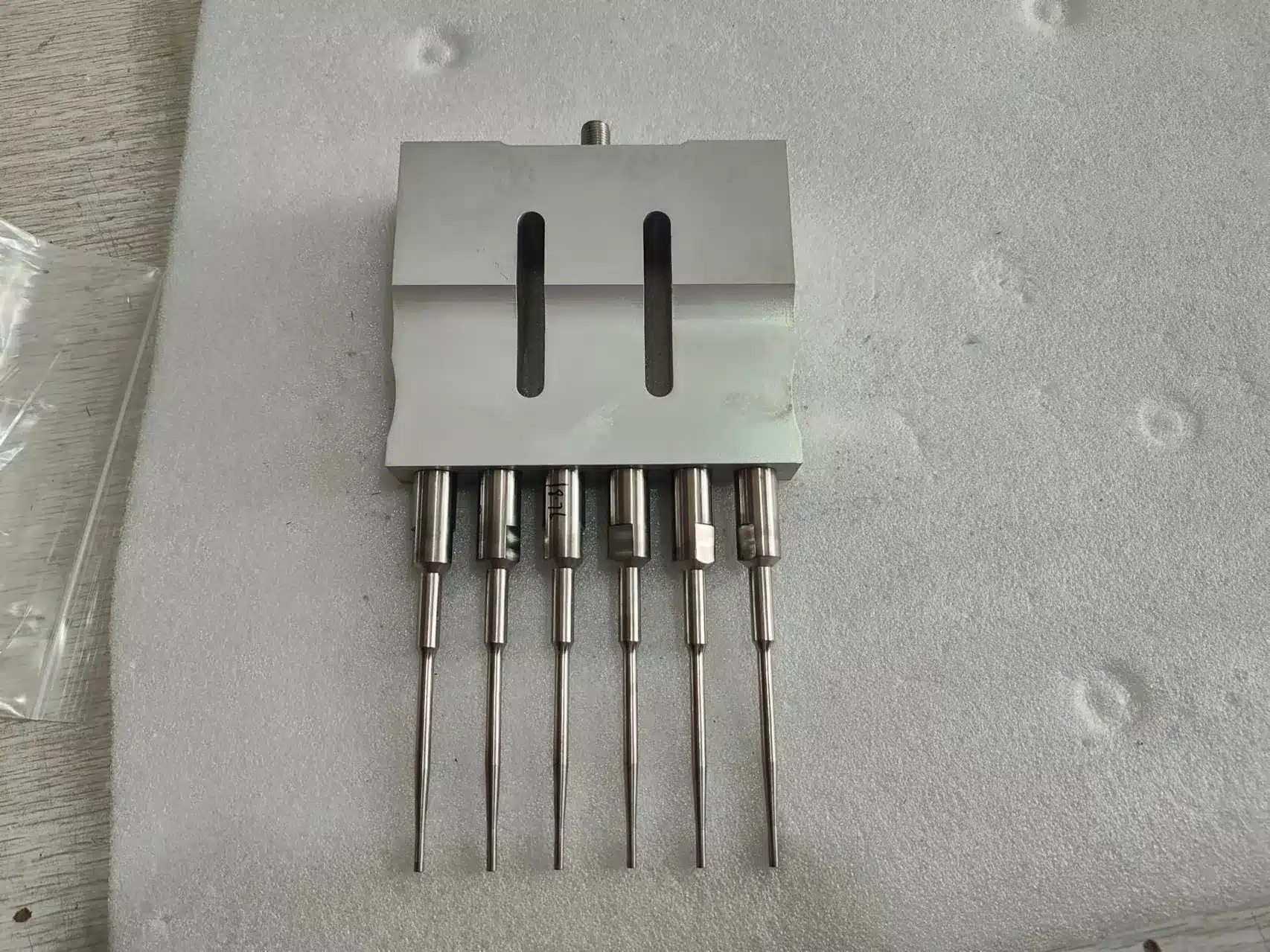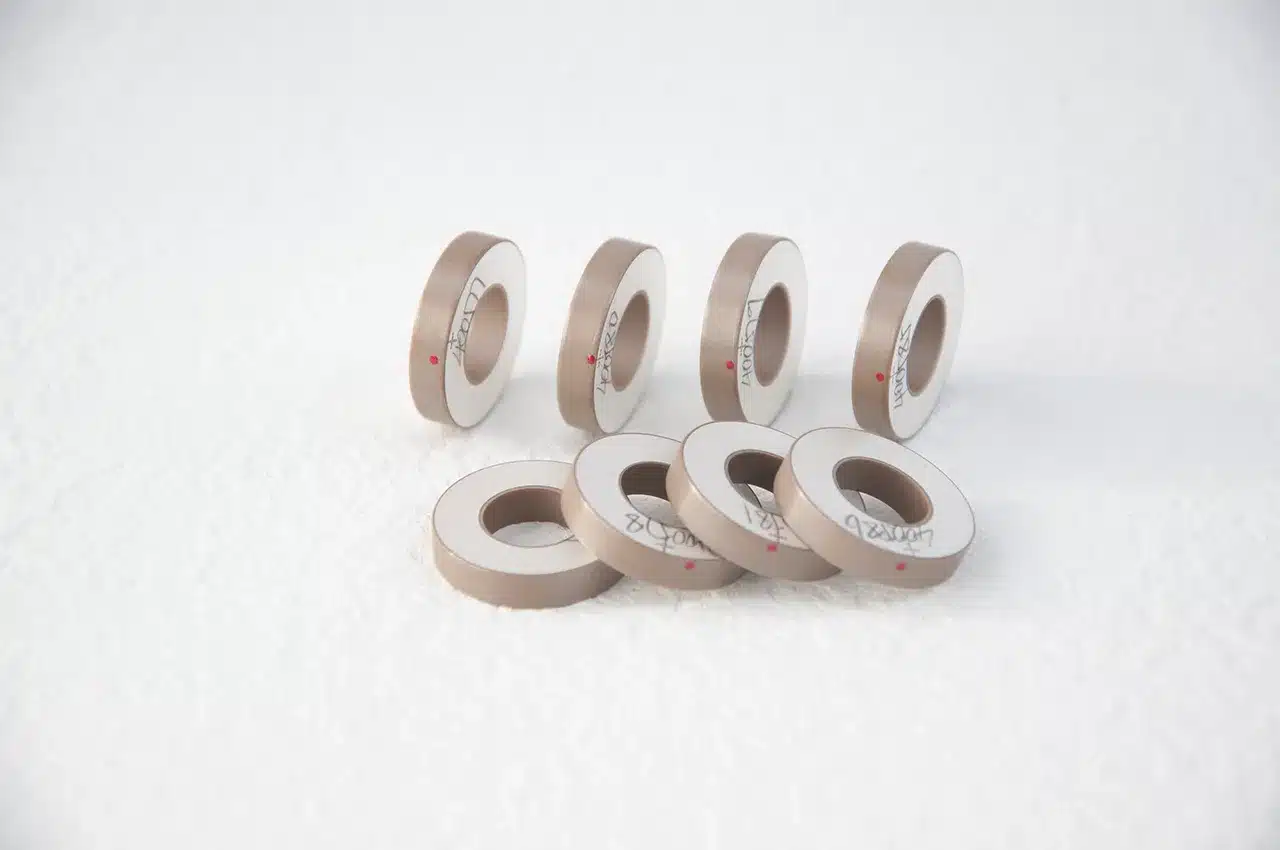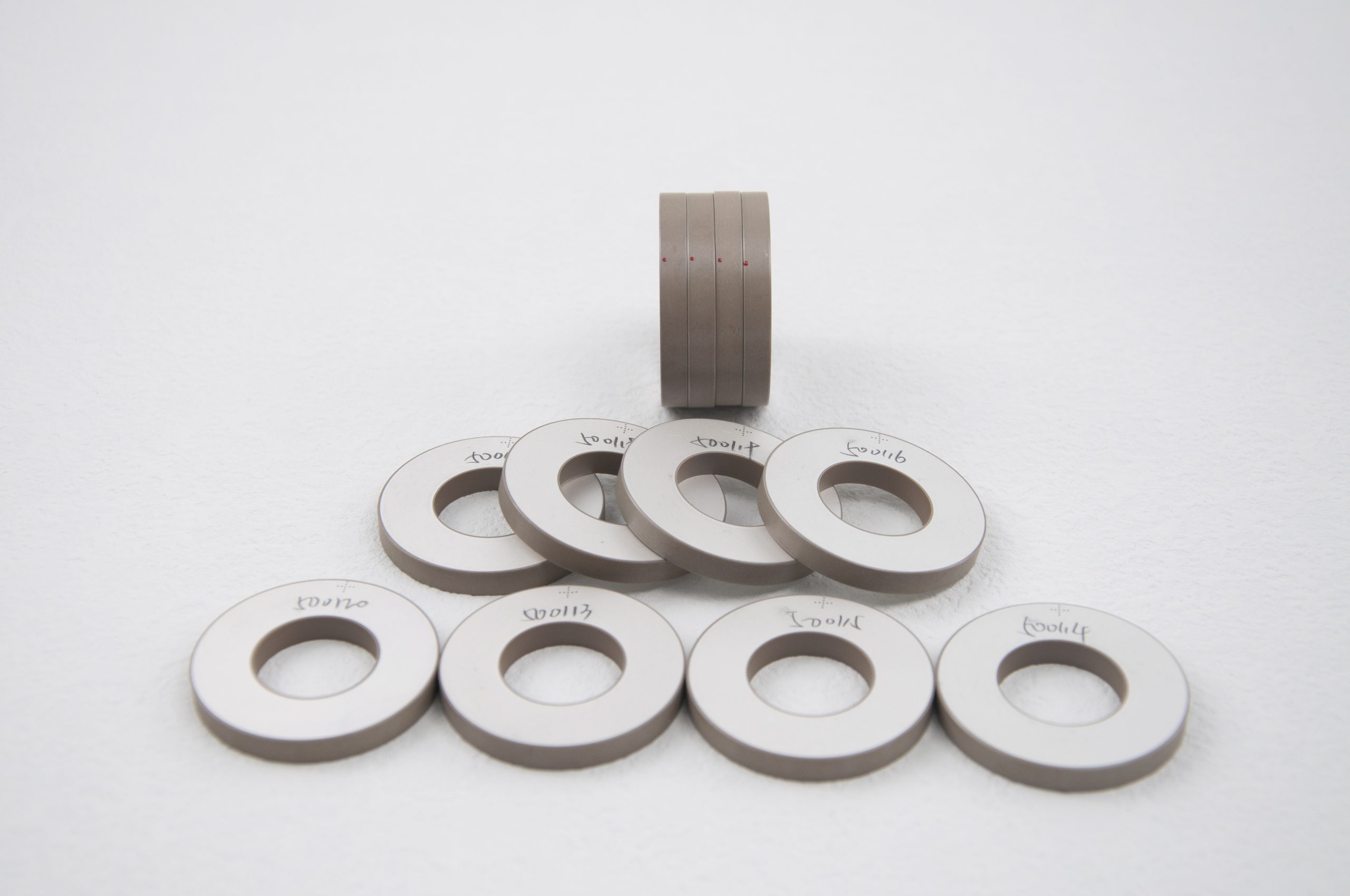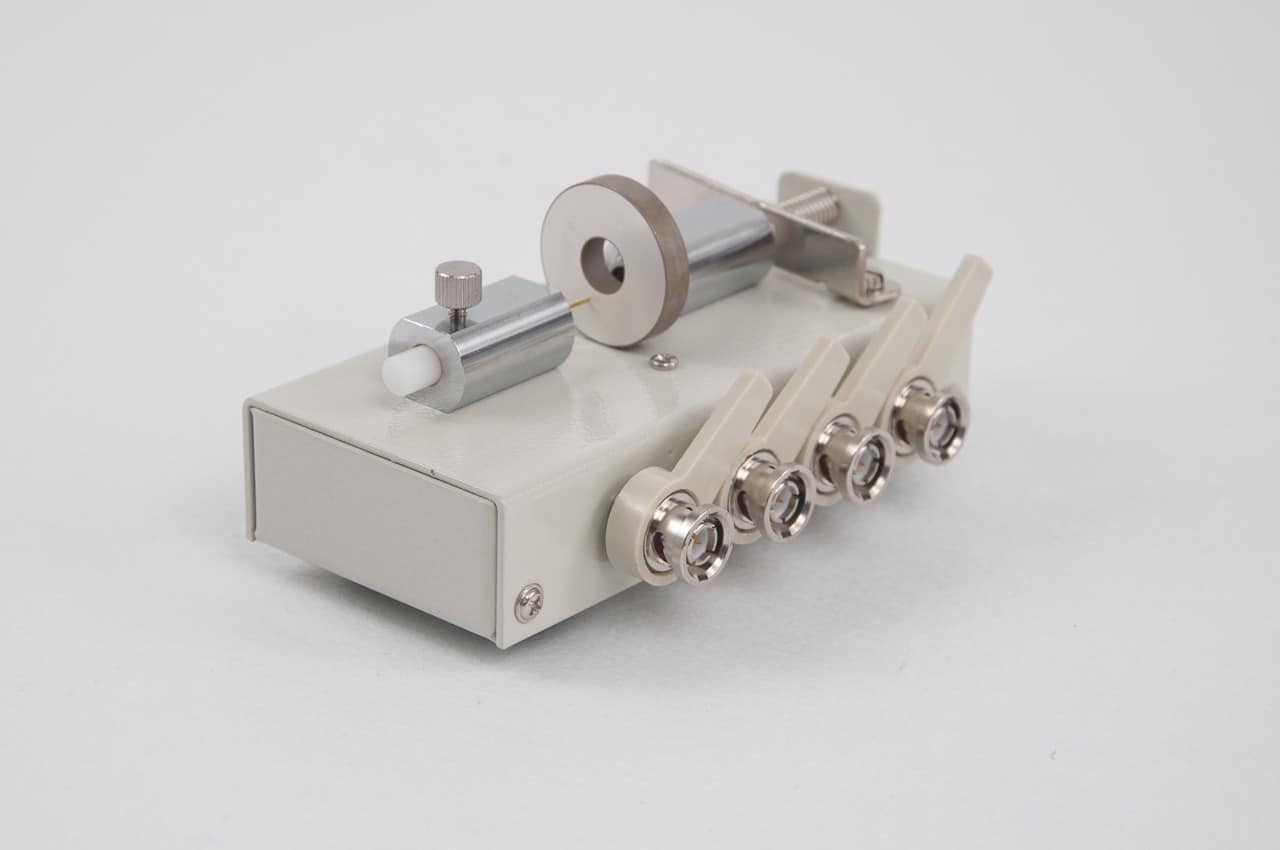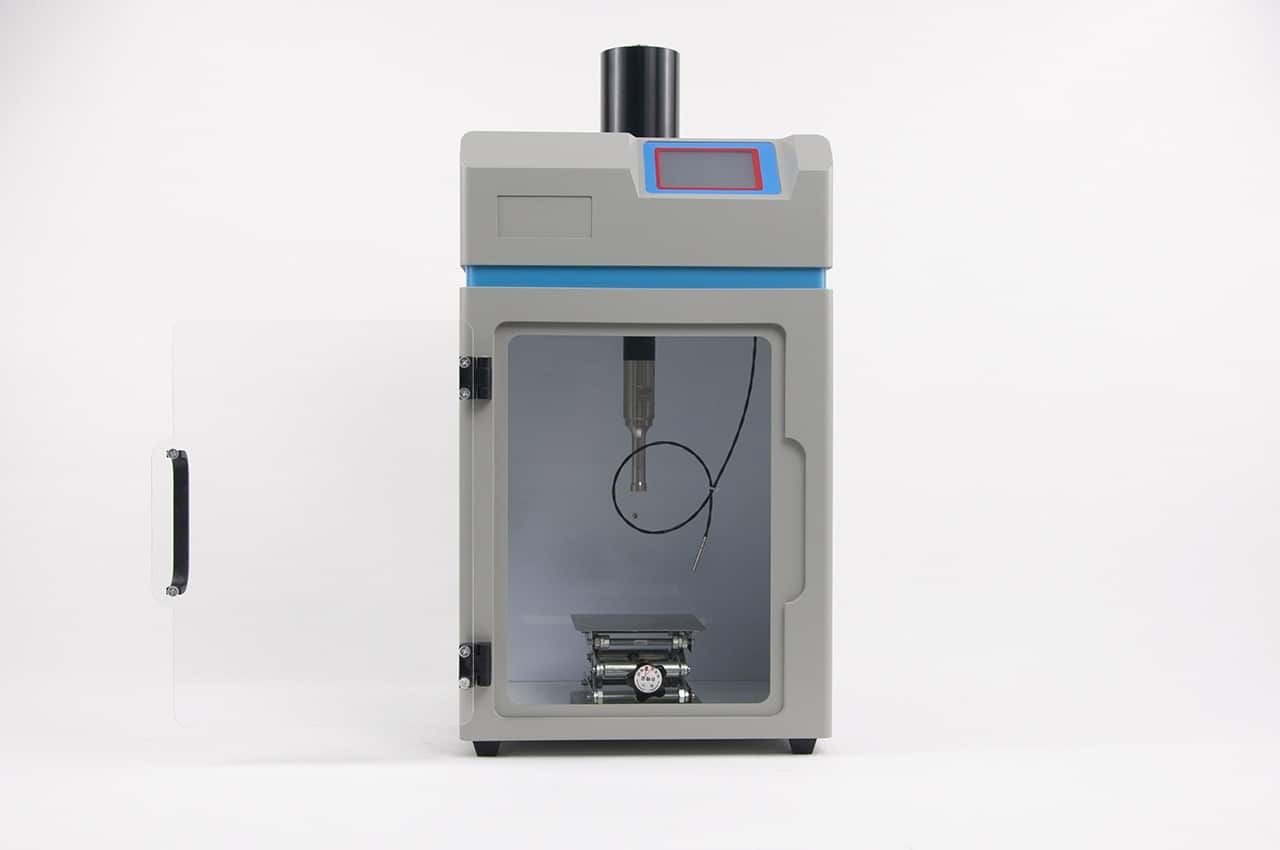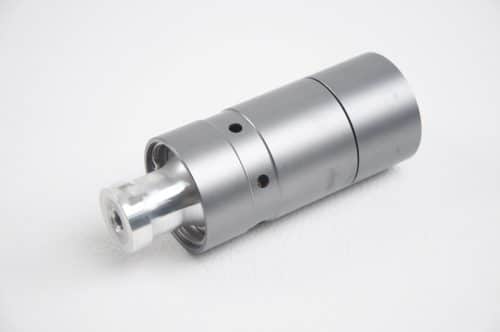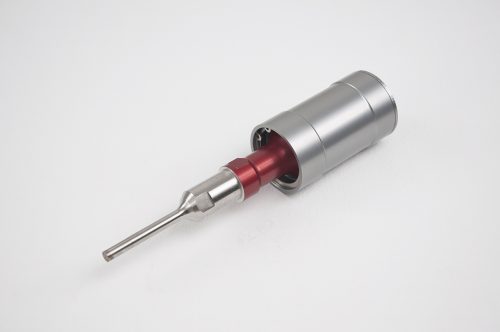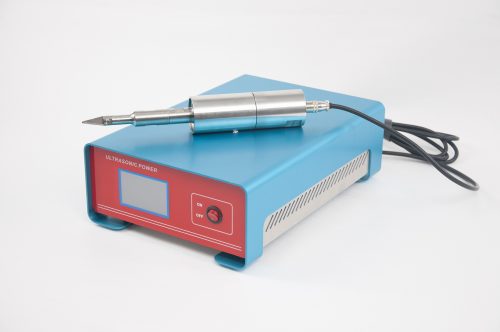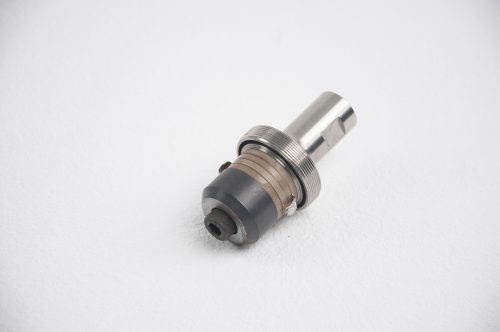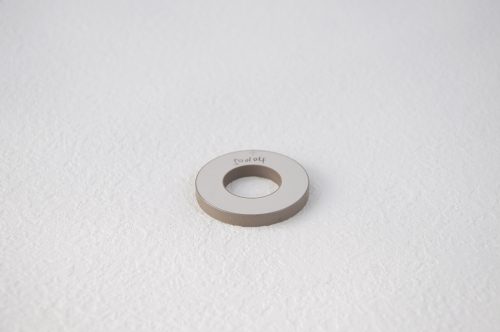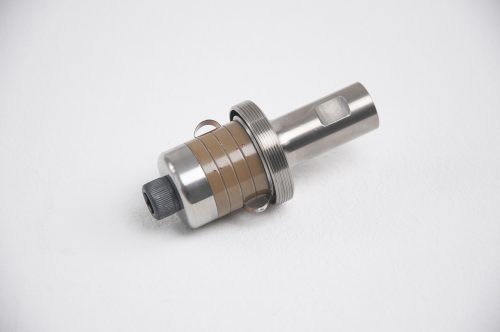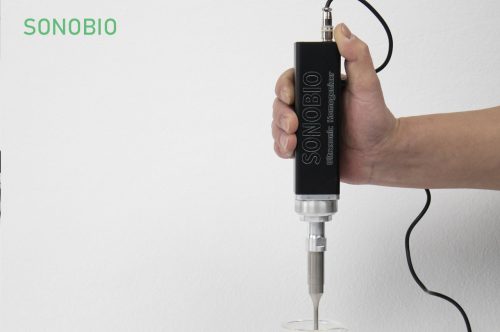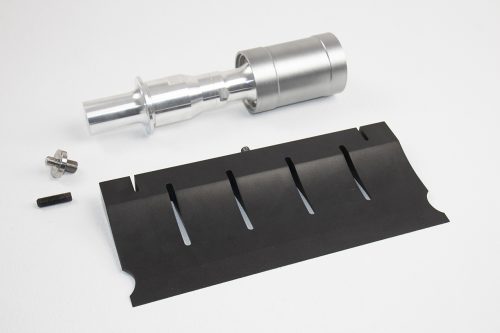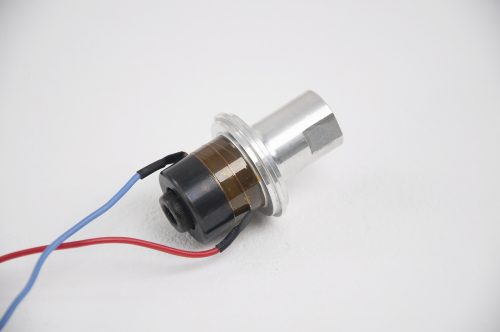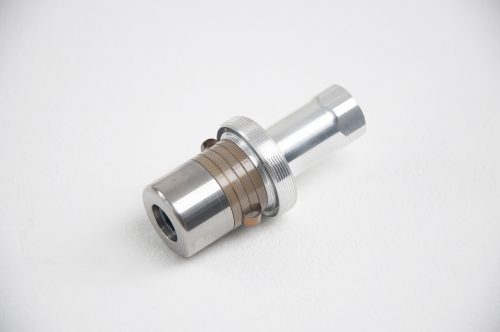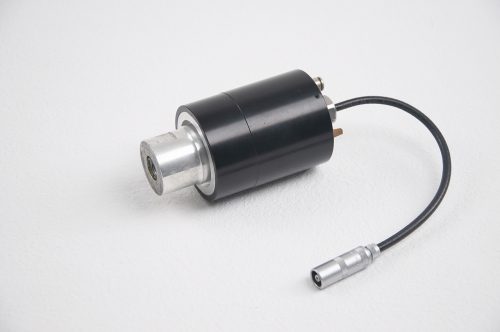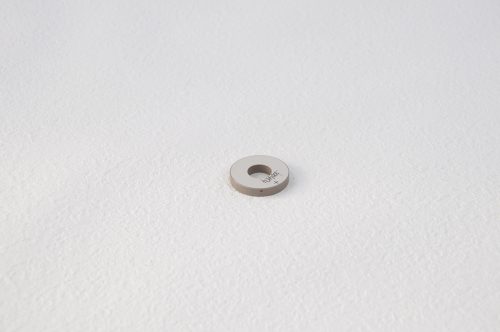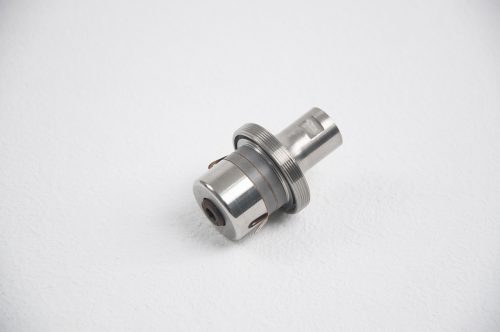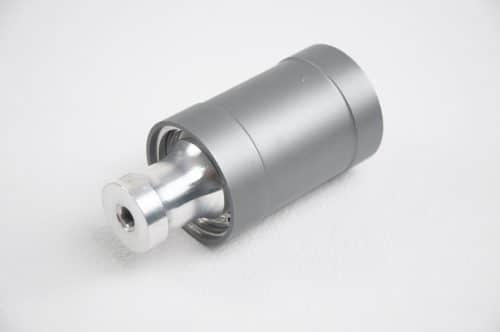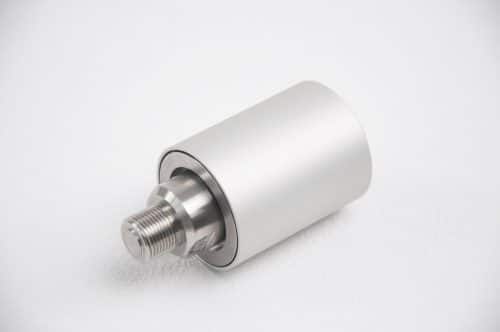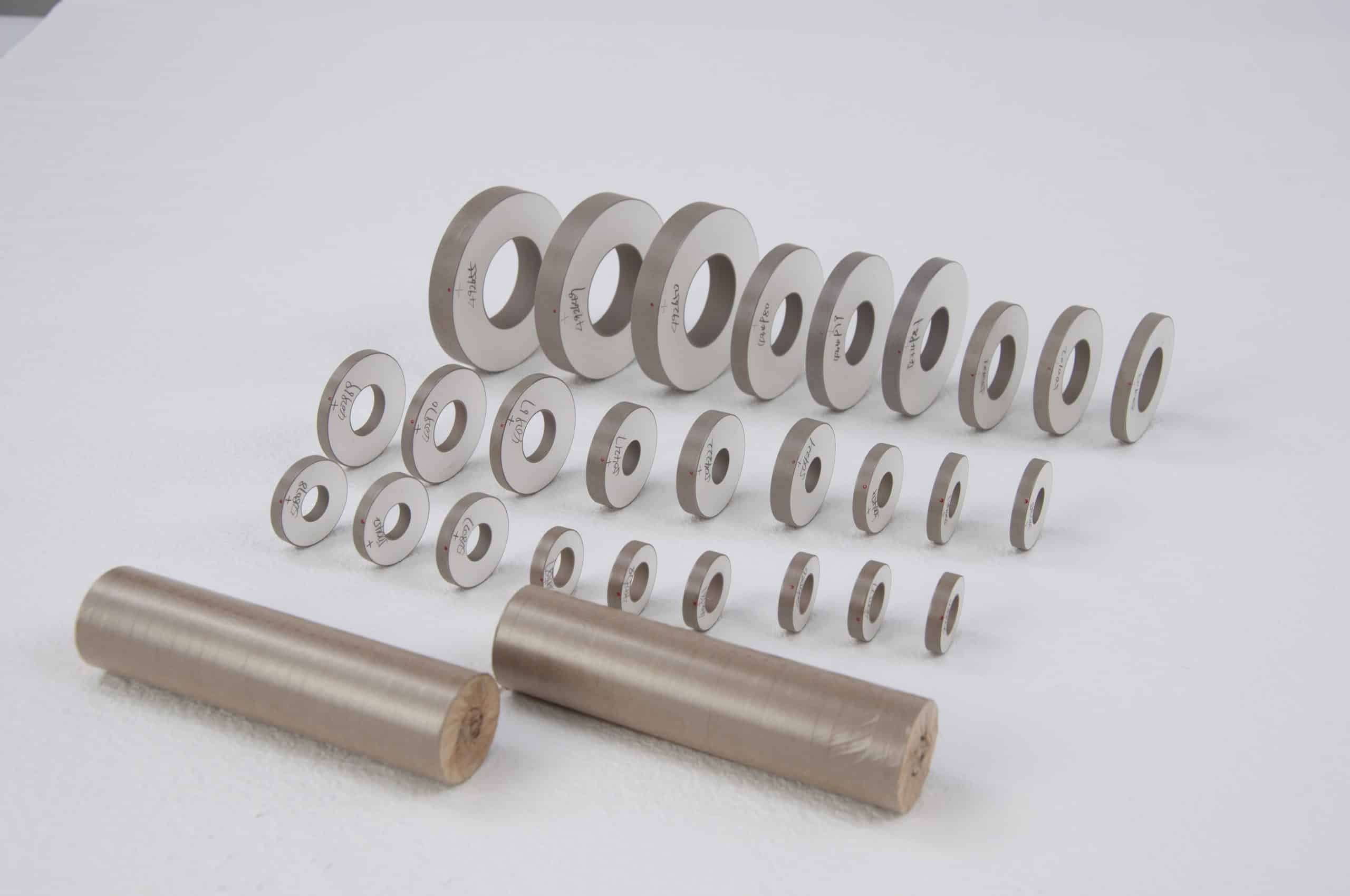
What is the Piezoelectric Effect?
Piezoelectric Effect is the ability of certain materials to generate an electric charge in response to applied mechanical stress. The word Piezoelectric is derived from the Greek piezein, which means to squeeze or press, and piezo, which is Greek for [push].
One of the unique characteristics of the piezoelectric effect is that it is reversible, meaning that materials exhibiting the direct effect (the generation of electricity when stress is applied) also exhibit the converse piezoelectric effect (the generation of stress when an electric field is applied).
When piezoelectric material is placed under mechanical stress, a shifting of the positive and negative charge centers in the material takes place, which then results in an external electrical field. When reversed, an outer electrical field either stretches or compresses the piezoelectric material.
The piezo electric effect is very useful within many applications that involve the production and detection of sound, generation of high voltages, electronic frequency generation, microbalances, and ultra fine focusing of optical assemblies. It is also the basis of a number of scientific instrumental techniques with atomic resolution, such as scanning probe microscopes (STM, AFM, etc). The piezoelectric effect also has its use in more mundane applications as well, such as acting as the ignition source for cigarette lighters.

